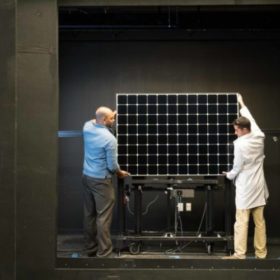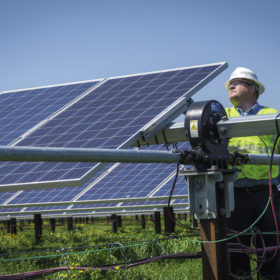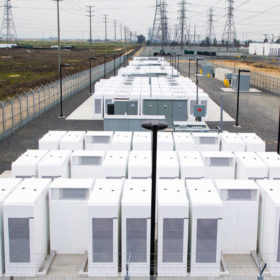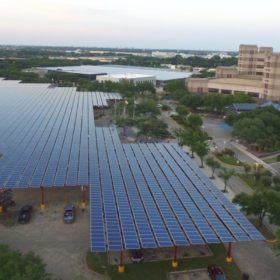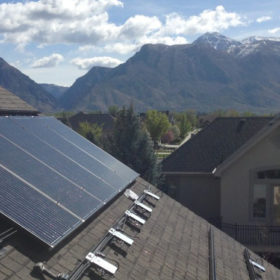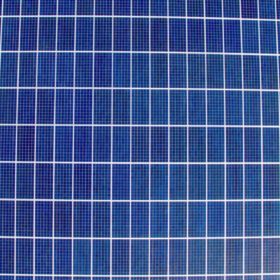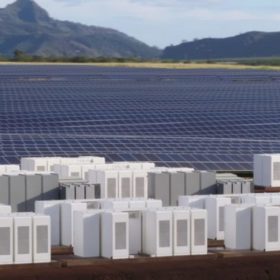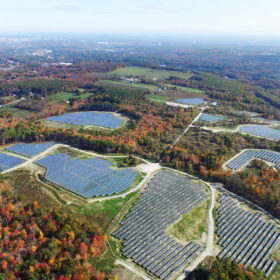Solar module lifetime predictions are getting better
NREL has proposed a new methodology for determining solar module degradation rates, taking into account measurement challenges such as sensor drift, inverter nuances, soiling and others – keeping the focus on the solar modules themselves.
“Wall of money” fighting for U.S. solar projects
Wood Mackenzie notes that new investors and sources of capital are chasing down a limited supply of viable U.S. solar projects and sees tightening targets, expanding project appetite, and evolving techniques.
US energy storage storm grows in strength
A Wood Mackenzie report shows U.S. energy storage deployments tripling in capacity during Q3 ’18 versus last year’s volume, while noting that the future pipeline growth rate doubled versus prior quarters to reach 33 GW of future projects.
A 15% efficient solar window that delivers 40% of US electricity
A University of Michigan team hopes to offer a 15% efficient solar window product, which allows 50% of the light through. It has received US$1.3 million from the Department of Energy’s Solar Energy Technologies Office to develop the idea further.
Lazard, Lazard, LCOE – what’s the cheapest energy?
Lazard’s newly released Levelized Cost of Energy Analysis 12.0, and Storage 4.0, finds that where utility scale wind works, it dominates – and that the unsubsidized cost to build new utility wind and solar facilities is equal to, and often less than running already-built fossil facilities.
Enphase sold out into 2019, margins way up, projections bright
Enphase’s 3rd quarter results saw revenues at $78 million with an estimated $10 million sales shortfall due to a component shortage, as the company shipped 204 MW of inverters. Future speculation saw an international play on the IQ8, the SunPower partnership, and energy storage driving growth.
Solar panel theoretical efficiency limit increases by 33%
Researchers at the University of Amsterdam have found what they describe conclusive evidence that perovskites feature “efficient carrier multiplication,” effectively increasing the single layer efficiency limit from 33% to 44%.
Hawaii’s march to 100% adds 260 MW solar + 1 GWh storage
The Hawaiian Electric Companies are in negotiations with developers to build seven solar projects across three islands.
Nevada, US primed for up to a gigawatt of energy storage
A report by the Brattle Group for Nevada regulators suggests that by 2030 – depending on pricing – 700 to 1,000 MW / 2.8 to 4 GWh worth of energy storage could be cost-effectively deployed statewide.
Who’s afraid of Virginia solar power?
The Commonwealth’s 2018 Energy Plan includes 5 GW of utility scale wind+solar, plus 500 MW of rooftop solar power, less than 1 MW in size, over the next decade.
